excavated 19th century soda bottles greatly assist in dating a non-extant chicago cottage and its privy pit
This entry was posted on January 29 2016 by Eric
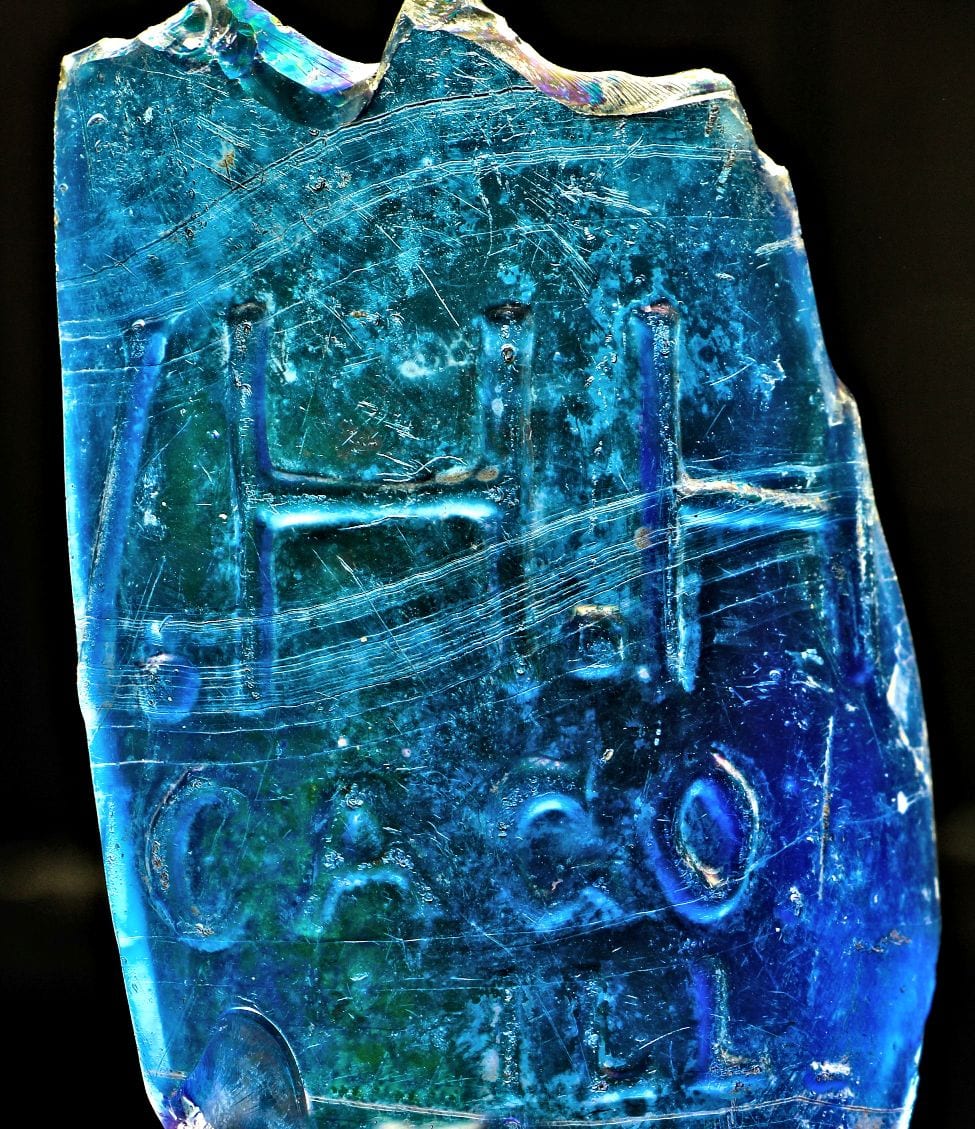
exactly a year ago i was spending a great deal of time excavating a site in west chicago, at the corner of paulina and wood, that i deemed the "big dig." over the course of several days , despite the temperature hovering around zero degrees and the earth being incredibly cruel to the hands, i managed to unearth a small trove of late nineteenth century artifacts. these came from multiple ash pits, brick-lined privy pits and trash lining the limestone foundations of commercial buildings that had been demolished into the ground many years ago.
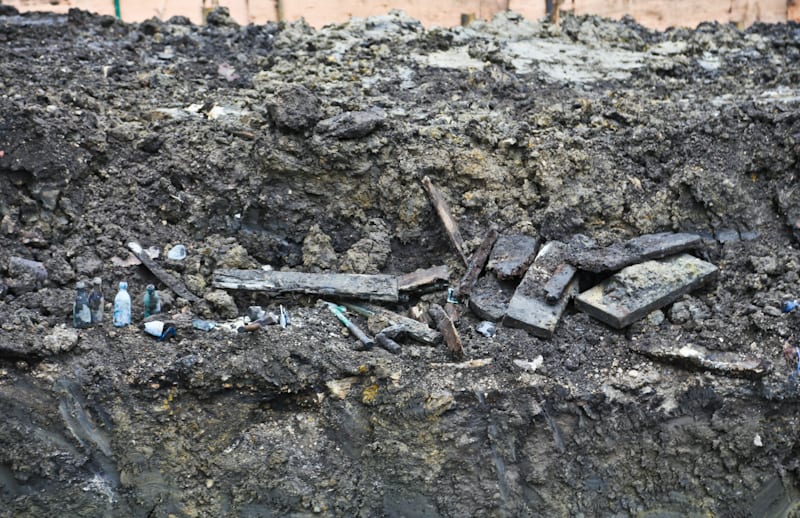
now in a parallel start to the year, i'm deeply involved in an similar excavation just one lot east of that first dig site, where an unimpressive condo building is being built. thus far, the "yield" has been much less, but the artifacts are more intact and historically important - all from a pre-fire chicago residential privy pit containing a super thick white pine wood floor.
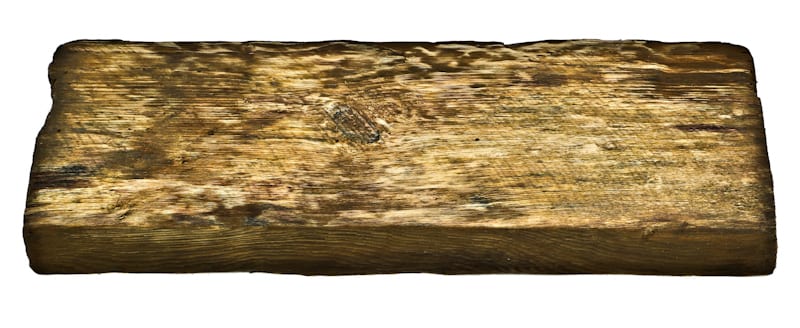
this recent discovery is no doubt bitter-sweet in that only a very small percentage of the privy's contents were rescued. in fact, i wasn't even present for the most damaging moment, when the owner of the company took control of the machine several minutes before the operator i work with would show up. in that short period of time, another worker on-site witnessed what i have been describing for over a year now: an actual privy pit with a thick wood floor and side walls, held together by tar and a wrought iron hoop - very similar to a barrel with the top half removed, except nearly 6 feet in diameter. once the floor was exposed, he knew that the earth above was likely filled with 19th century trash. this was quickly confirmed when the owner/operator scooped it up and more glass than dirt fell from the sides of the bucket. the worker quickly set aside some intact bottles and pieces of the floor from the completely decimated privy pit. the majority of its contents dropped into the waiting dump truck.

in a way, i'm glad i was not there to witness this, since i doubt the owner would have been swayed by my pleading to stop, verbally or with my wallet. as soon as the operator i work with arrived to take over, i received a call that bottles had been found on an excavation site, and some wood that "may have been a privy like the ones you'd described." my heart sank, but at least he had some of the bottles and sections of the privy's pit "architecture" for me to come look at.

on arrival i found a pile of several wood fragments, animal bones, a handful of bottles, iron banding and the miscellaneous glass fragments from the more fragile, thin-walled medicine bottles. just by looking at the profile or shape of the bottles from afar, i knew the trash likely dated to the late 1860's or early 1870's, and became more sure when i spotted a cobalt blue "14 & 16" john a. lomax bottle in the mix. one can only imagine what else could have been recovered if it was dug by hand, instead of being scooped into oblivion. at the very least, there was enough material there to date the pit and the cottage that stood just north of it.
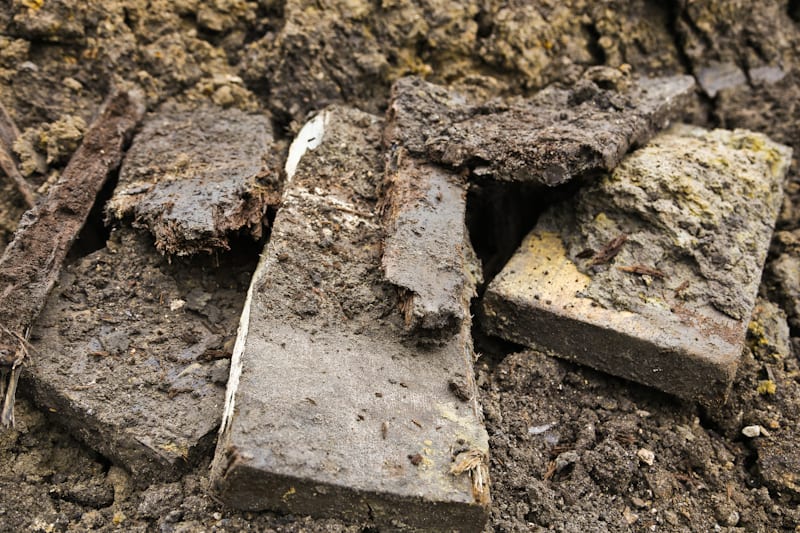
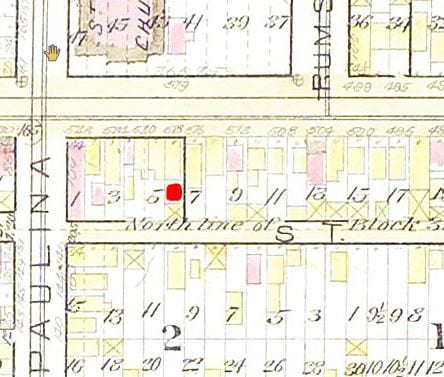
according to an 1886 sanborn insurance map, the lot contained a stable and a wood frame cottage; the privy pit was located just between these structures. from this location, the destroyed privy yielded some notable finds, unearthing four richly colored hard to find and completely intact glass blobtop soda bottles. these are of interest on their own, as they extend my year-long fascination with the endless variations of early soda bottles. more importantly, they can often be invaluable in helping to date a given privy pit, or the non-extant structure on a lot.
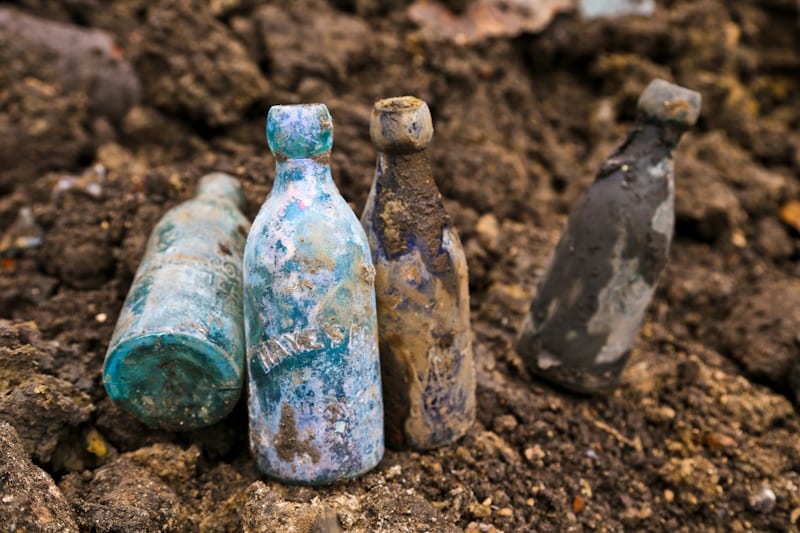 the refuse from a century ago is a key clue in the process of pinpointing a timeline, and ample online data and documentation of glass houses and bottlers is critical in deducing a possible period when these bottles could have been made and dumped.
the refuse from a century ago is a key clue in the process of pinpointing a timeline, and ample online data and documentation of glass houses and bottlers is critical in deducing a possible period when these bottles could have been made and dumped.
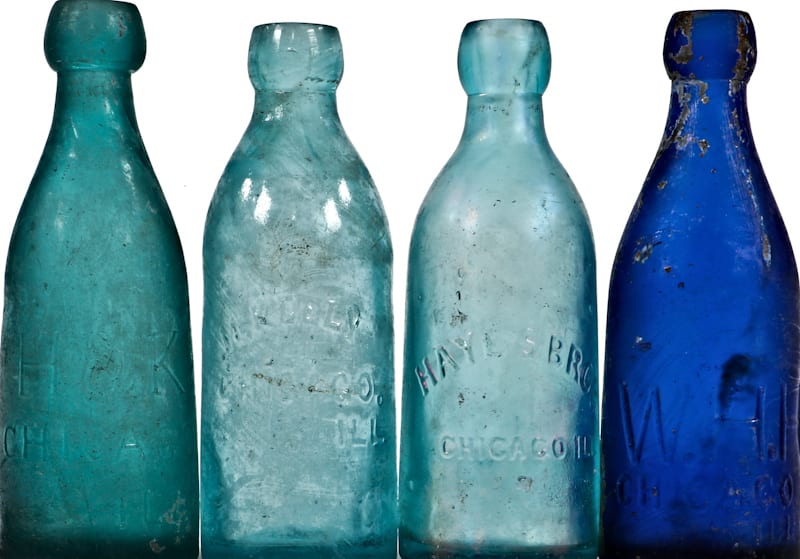

as usual, the great fire of 1871 stands as an important marker, and i always hope to dig up artifacts that pre-date or surround the time of the conflagration. after some analysis, it seems the pit must date from around 1870-1871.
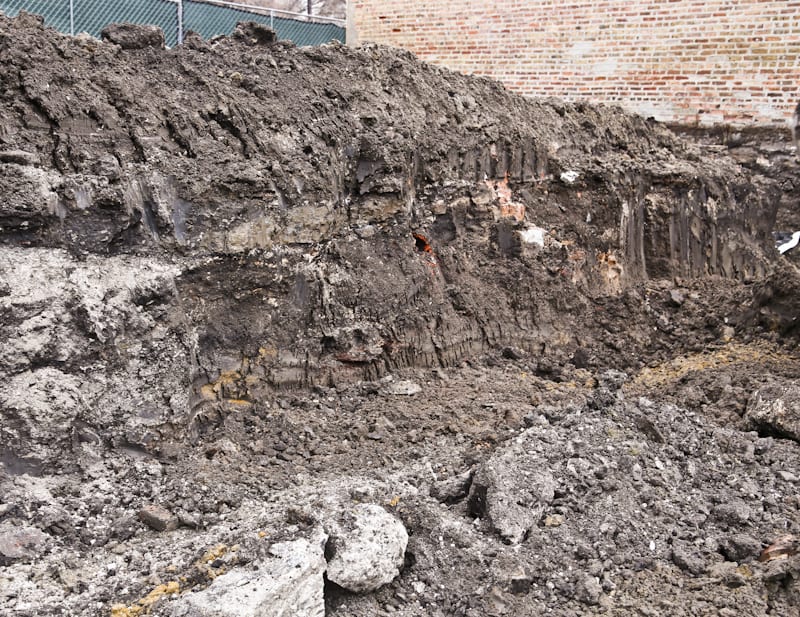
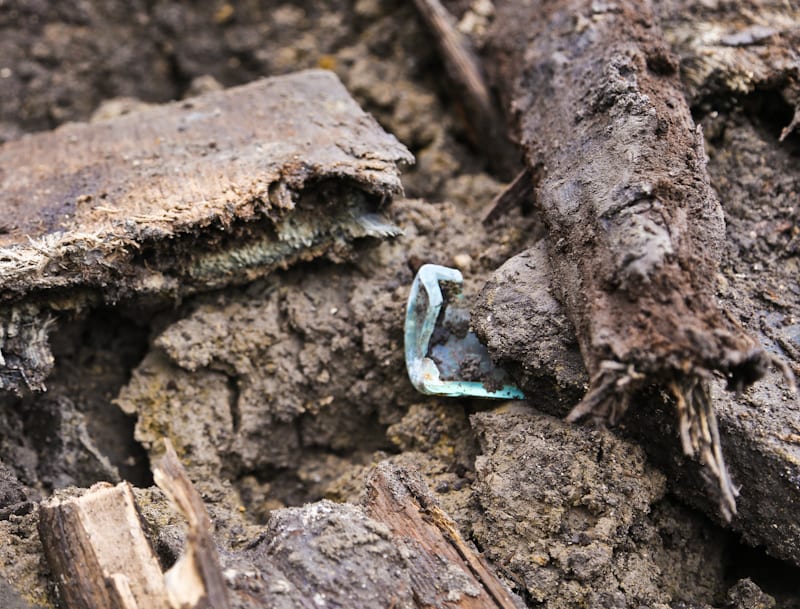
all four soda bottles are rich shades of blue, making up a striking spectrum of color, variously fabricated for the hayes brothers, michael keeley, hunt & kenyon, and william h. hutchinson.
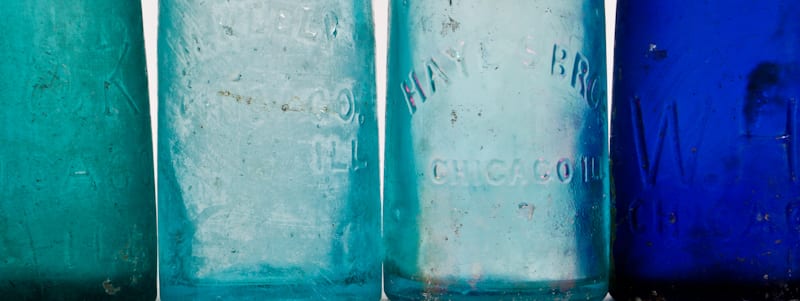
the medium blue aqua "hayes brothers" bottle provided an initial indication of timeframe, since the company began operations in 1871. michael and patrick hayes' bottling business began with an unusual focus on "medicated" waters and "nerve tonic" as well as "therapeutic" alcoholic beverages. in the rear of their home at 812 washington, the hayes brothers produced soda and mineral waters for over a decade before buying the hutchinson & sons bottling works. this particular bottle bears the maker's mark "l&w" above the rear heel, evidencing manufacture in pittsburgh by lorenz & wightman. lorenz and wightman operated between 1862 and 1874, and thus the bottle could only have been made in the early years of the hayes brothers' operation, between 1871-1874.
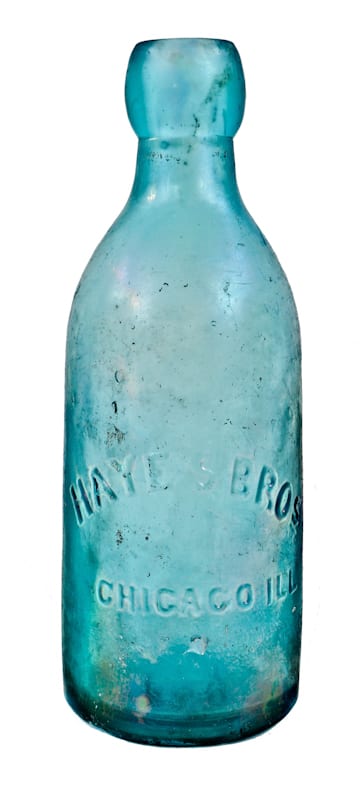
the blobtop fabricated for michael keeley corroborates this timeframe, since there are no keeley-embossed chicago bottles that date after the time of the chicago fire. michael keeley moved out of his cellar ale & porter depot at 43 s. water street and relocated his ale bottling operation to 60 w. lake in 1858. the following year, he established a soda water bottling operation at 291 s. canal. keeley bottled at both locations until 1867, when he consolidated his bottling operations into a series of structures at 289-295 s. canal and ceased ale bottling activities to focus on soda water. the 1867-1871 range seems to suggest the pit could be pre-fire, sometime earlier in 1871.
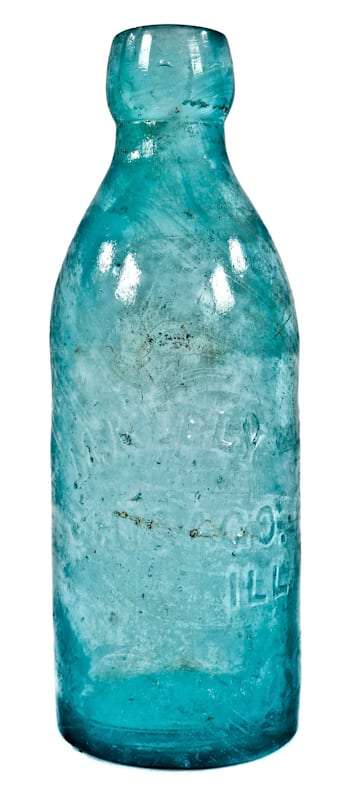
the deep teal pony style "h&k" bottle was somewhat more challenging to find information on. after some combing of city directories, it seems robert hunt and david kenyon manufactured soda water at 138 w. madison (the bottling operation of lomax & meagher ten years earlier). the hunt & kenyon firm was short-lived, lasting roughly from 1865-1867, before r.s. kenyon and d.t. hunt moved to rochester, new york, and in 1869 entered business with allard & co. as furriers (at 100 and 102 state street).
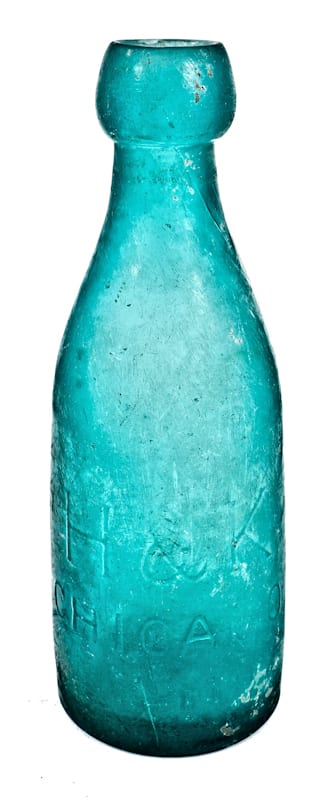
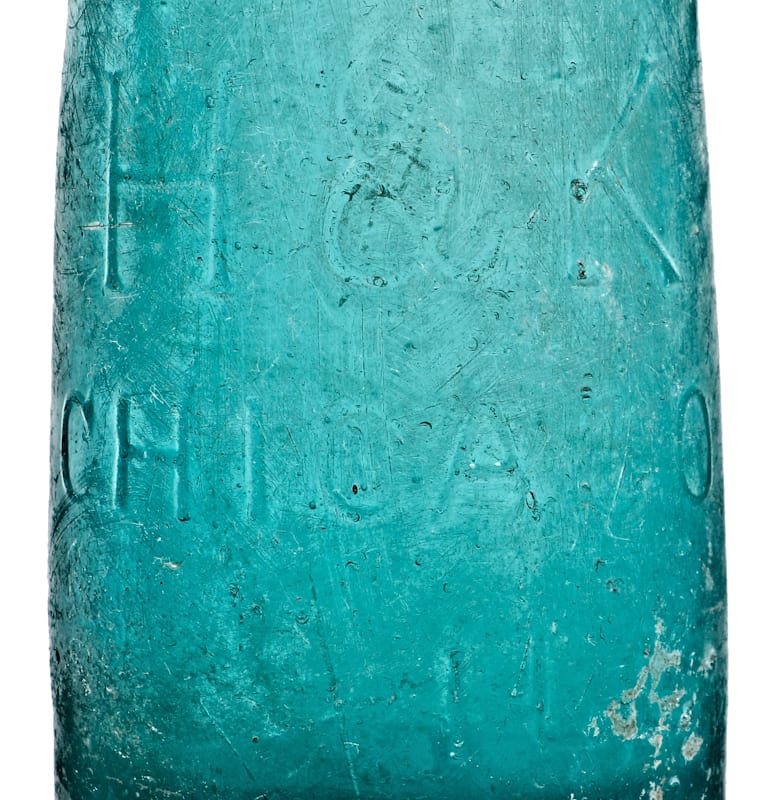
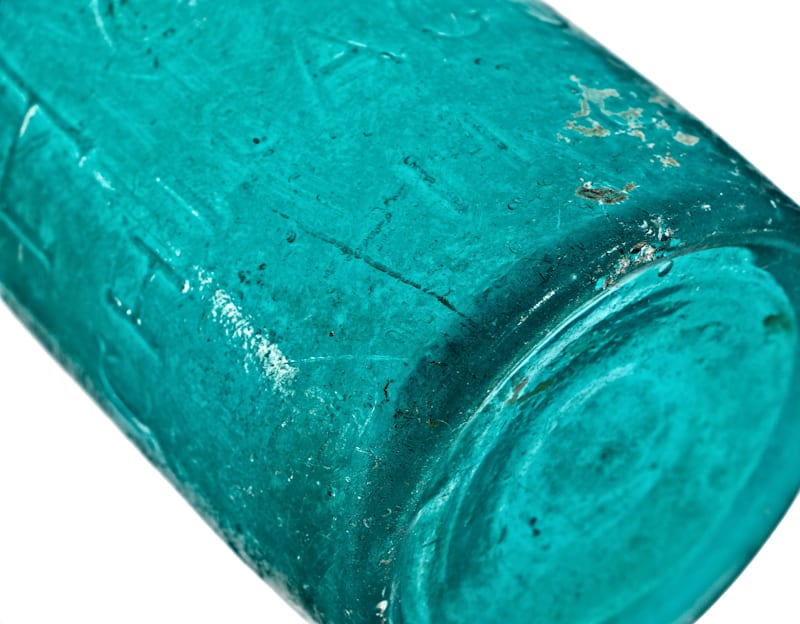

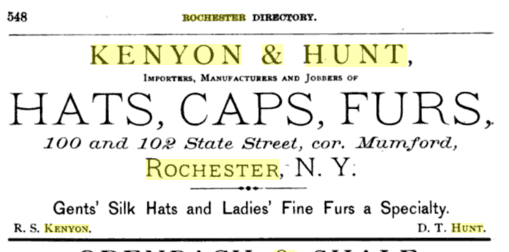 all in all the amazingly intact bottles, found seven feet below grade in this 3-inch thick white pine privy pit, point toward the site being used just prior to the fire of 1871. a number of other bottles and fragments were found and documented elsewhere on the lot, including nineteenth century bottles dating from the early 1870's to the turn of the century. these sporadically located artifacts were found 2-3 feet below grade.
all in all the amazingly intact bottles, found seven feet below grade in this 3-inch thick white pine privy pit, point toward the site being used just prior to the fire of 1871. a number of other bottles and fragments were found and documented elsewhere on the lot, including nineteenth century bottles dating from the early 1870's to the turn of the century. these sporadically located artifacts were found 2-3 feet below grade.
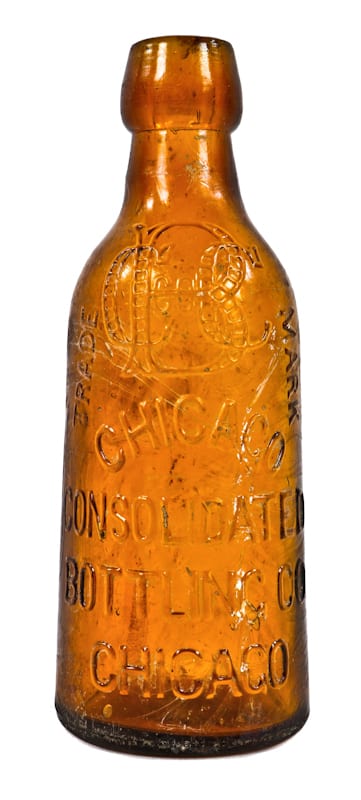
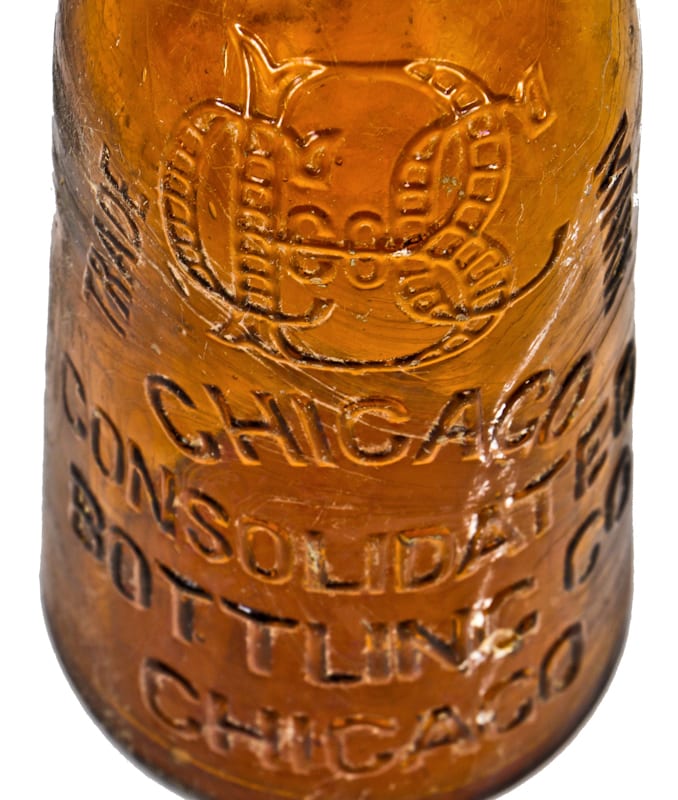
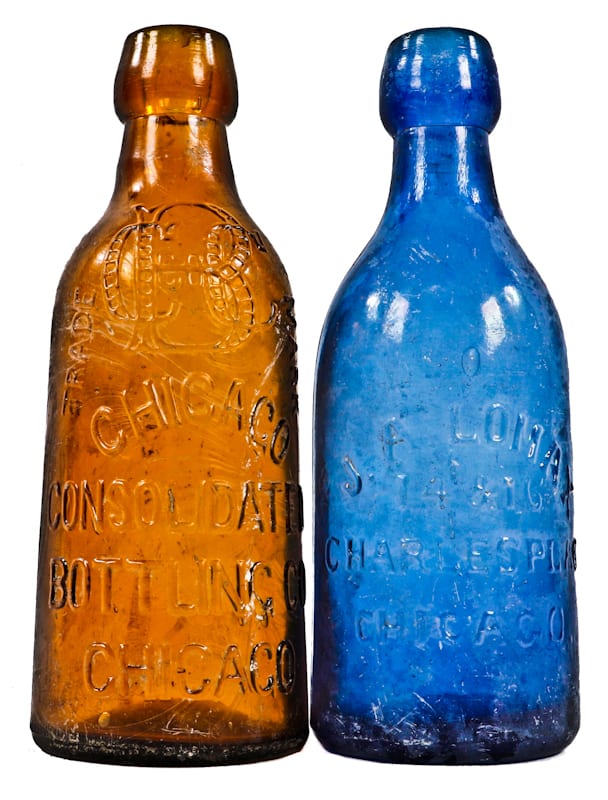
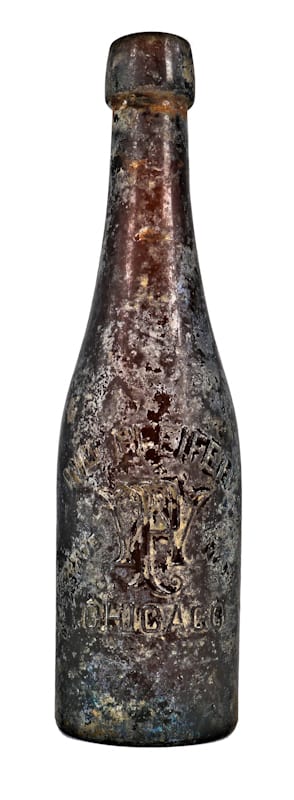
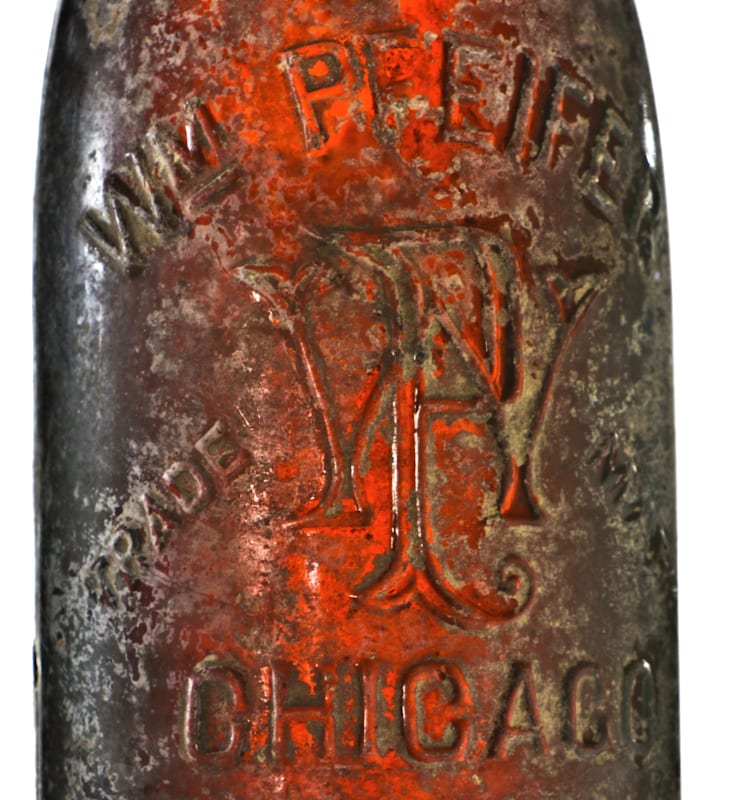
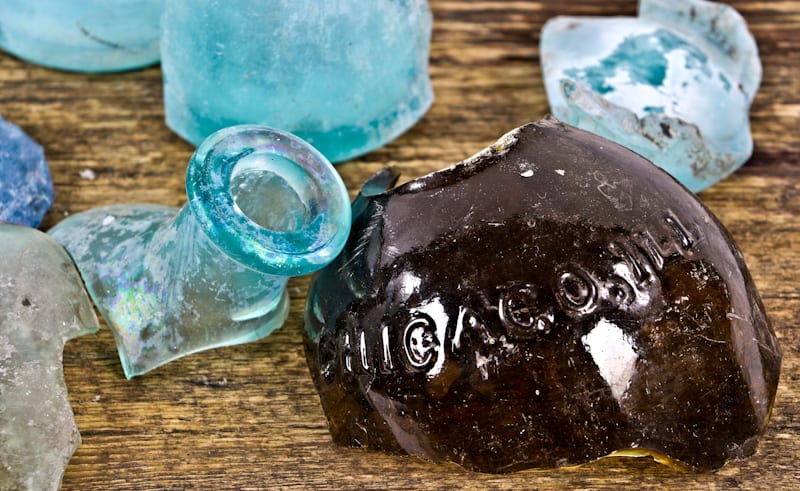
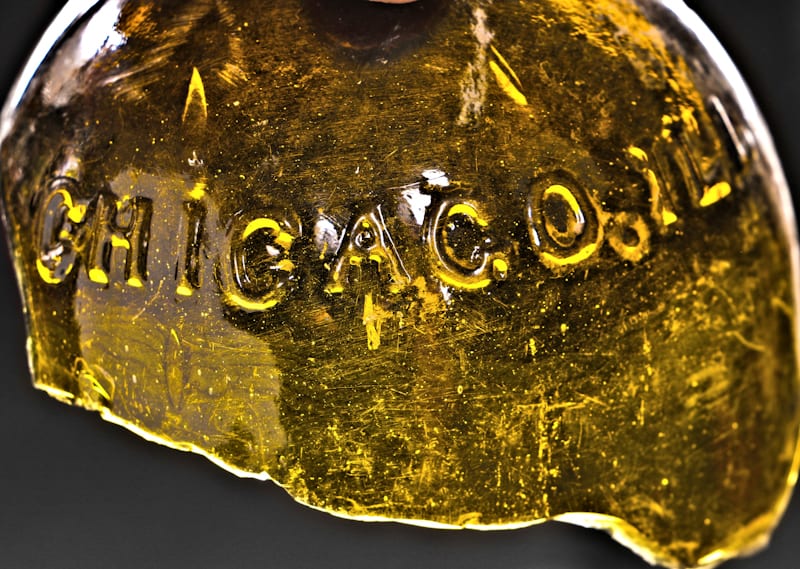
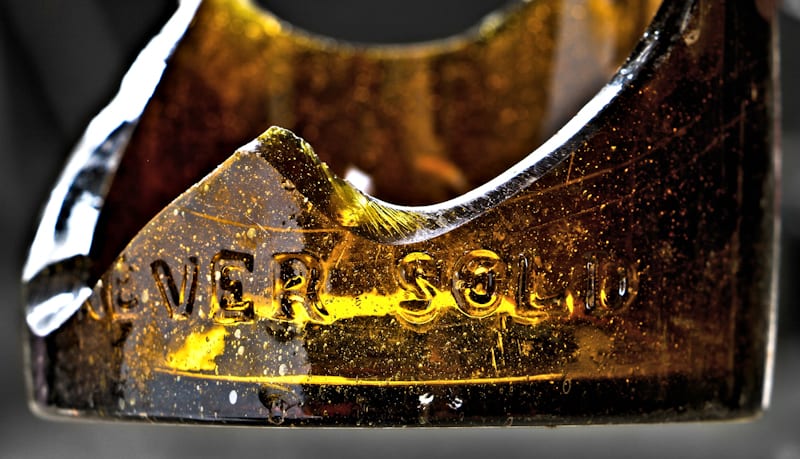
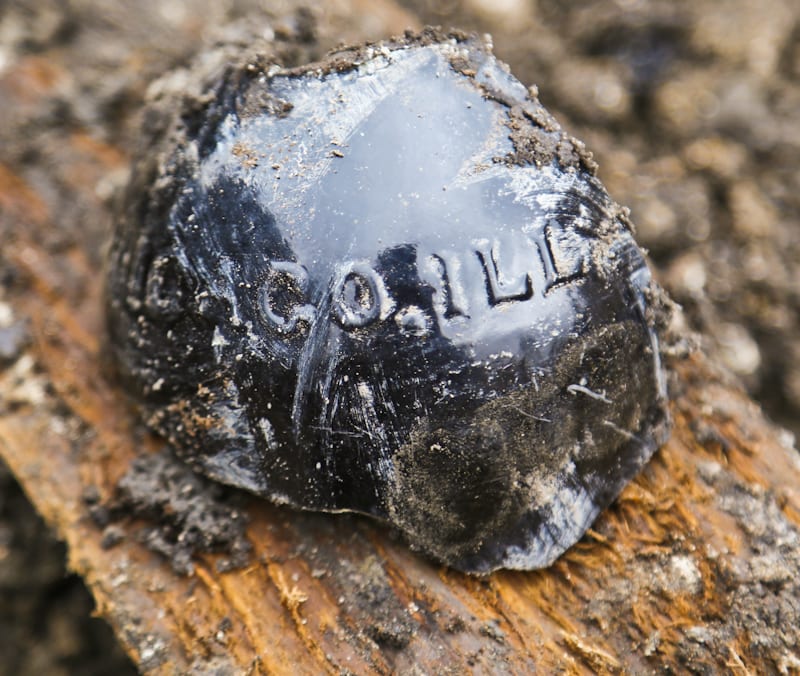
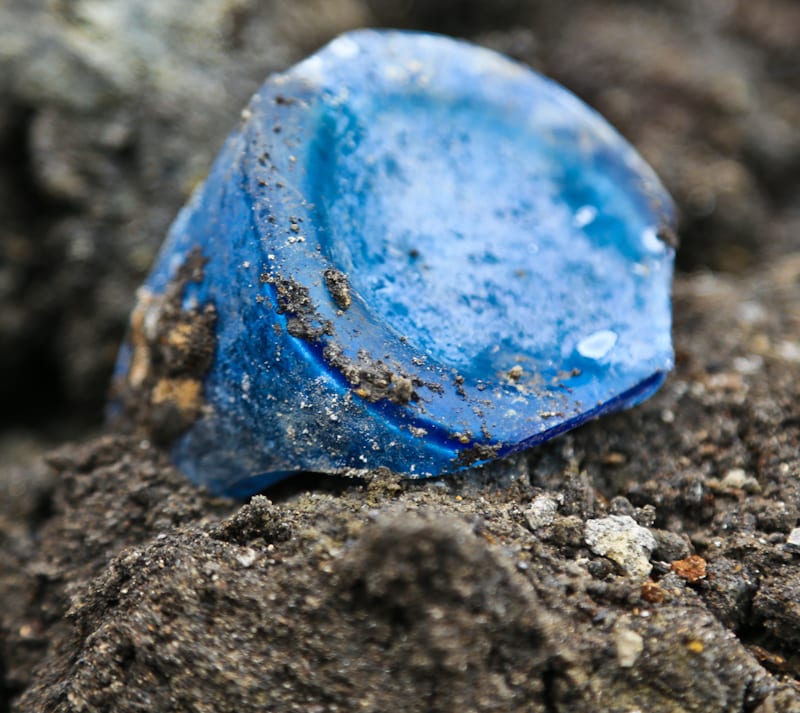
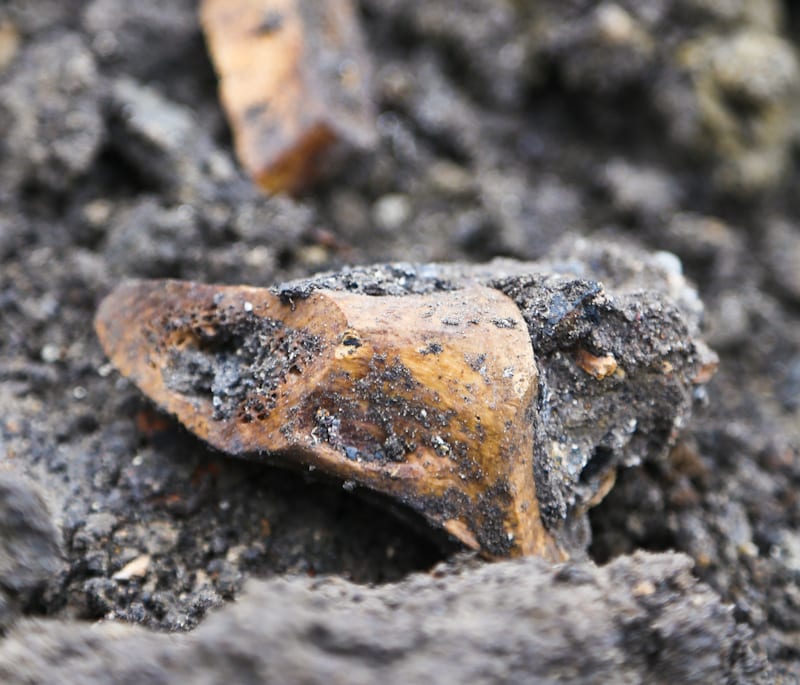
This entry was posted in , Miscellaneous, Salvages, Bldg. 51, Events & Announcements, New Acquisitions, Featured Posts & Bldg. 51 Feed on January 29 2016 by Eric
WORDLWIDE SHIPPING
If required, please contact an Urban Remains sales associate.
NEW PRODUCTS DAILY
Check back daily as we are constantly adding new products.
PREMIUM SUPPORT
We're here to help answer any question. Contact us anytime!
SALES & PROMOTIONS
Join our newsletter to get the latest information
























